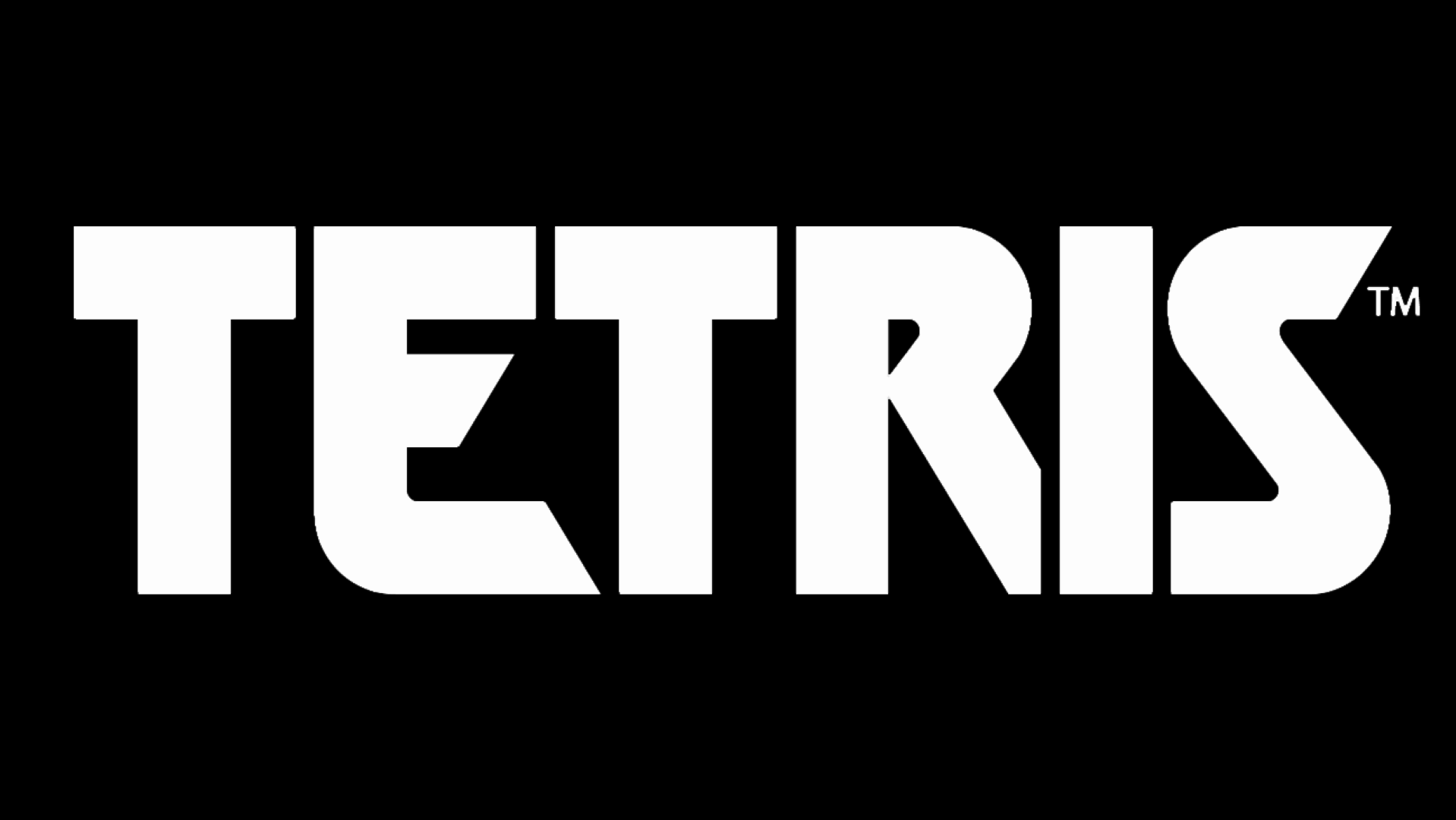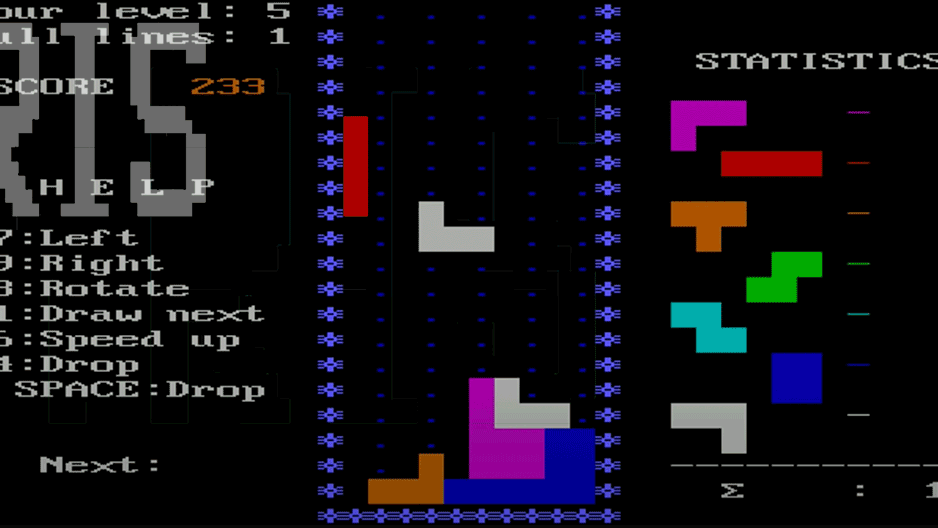Tetris. The name itself conjures images of falling blocks, frantic rotations, and the ever-present threat of the game over screen. But beyond the simple gameplay lies a world of lightning-fast reflexes, strategic planning, and the pure adrenaline rush of clearing lines at breakneck speed. Ever dreamt of becoming a Tetris speed demon? You’ve come to the right place.

Laying the Foundation for Speed: Understanding the Fundamentals of Fast Tetris
Before we dive into the nitty-gritty techniques, it’s crucial to understand the foundational elements that underpin fast Tetris play. Think of it like building a house – you wouldn’t start with the roof, would you? Similarly, mastering speed in Tetris requires a solid understanding of the basics.
Mastering the Controls: Your Fingers’ Best Friends
First things first, let’s talk about controls. How you manipulate those falling Tetrominoes is paramount to your speed. There are a few popular control schemes out there, each with its own set of advantages and disadvantages:
- DAS (Delayed Auto Shift): This is the classic method, where you hold down a directional button and the piece automatically shifts in that direction after a short delay. It’s beginner-friendly but can be limiting at higher speeds.
- Hypertapping: This involves rapidly tapping the directional buttons to move pieces. It allows for very precise movements and high speeds but requires significant practice and can be physically demanding.
- Controller: Many players prefer using a controller, especially for hypertapping. The tactile feedback and button layout can make it easier to execute fast movements.
Choosing the right control scheme is a matter of personal preference. There’s no “one size fits all” answer. Experiment with each method and see which one feels most comfortable and intuitive for you. The key is to find a setup that allows you to move pieces quickly and accurately without thinking too much about it. Think of it as an extension of your own reflexes. A comfortable setup will allow you to react faster and ultimately improve your Tetris speed.
Recognizing Piece Previews and Next Queue: The Power of Foresight
Ever heard the saying “forewarned is forearmed”? That’s especially true in Tetris. The next queue, which shows you the upcoming pieces, is your secret weapon for strategic planning. Ignoring the next queue is like driving blindfolded – you’re just asking for trouble.
A skilled Tetris player constantly scans the next queue, anticipating which pieces are coming and planning their placements accordingly. This allows you to set up T-Spins, prepare for Tetrises, and avoid those dreaded “top-outs” where the pieces reach the top of the screen. Learning to quickly assess the next few pieces and incorporate that information into your strategy is a crucial step towards becoming a faster Tetris player. Think of it as a chess player thinking several moves ahead. The more you plan, the smoother and faster your gameplay will become.

Understanding Garbage and Line Clears: The Art of Attack and Defense
In the world of Tetris, “garbage” isn’t something you throw away – it’s something you have to deal with. Garbage lines are lines filled with random blocks that are sent to your playfield, usually as a result of your opponent clearing lines in multiplayer Tetris. Understanding how garbage works is essential for both surviving and thriving in fast Tetris.
Clearing lines is the name of the game, but clearing multiple lines at once is where the real speed advantage lies. A single line clear is good, a double is better, a triple is fantastic, but a Tetris (clearing four lines simultaneously) is the holy grail. Tetrises not only clear a significant portion of your well but also send a large amount of garbage to your opponent in multiplayer, giving you a significant edge.
In single-player modes, while garbage isn’t a factor, clearing lines efficiently is still paramount. The faster you clear lines, the faster the game speeds up, challenging your reflexes and pushing you to improve. Think of it as a workout for your Tetris brain. The more you practice clearing lines quickly and strategically, the better you’ll become at handling the increasing speed. A good Tetris player is not just clearing lines; they are orchestrating a symphony of falling blocks, strategically placing each piece to maximize line clears and minimize garbage. It’s a delicate balance of offense and defense, and mastering it is key to becoming a fast Tetris player.

Level Up Your Speed: Essential Tetris Techniques
Now that we’ve covered the fundamentals, let’s delve into the specific techniques that will elevate your Tetris game from casual to competitive. These aren’t just fancy tricks; they’re the building blocks of fast and efficient play.
T-Spin Mastery: A Key to Fast Tetris
T-Spins are a game-changer. They’re not just visually impressive; they’re incredibly powerful for clearing lines and sending garbage in multiplayer. A T-Spin occurs when you rotate a T-Tetromino into a specific gap, usually requiring a setup involving other pieces. There are different types of T-Spins, including T-Spin Doubles, Triples, and Mini T-Spins, each with its own unique setup and reward.
Mastering T-Spins is crucial for fast Tetris because they allow you to clear multiple lines with a single piece, saving valuable time and maximizing your efficiency. Learning the various T-Spin setups and recognizing them quickly is a skill that separates the good players from the great. Think of it as learning a secret language. Once you understand the code of T-Spins, you can unlock a whole new level of Tetris speed and strategy. Start by practicing the basic T-Spin Double setup, then gradually learn the more complex variations. There are countless resources online, including diagrams and videos, that can help you visualize and master these techniques.
The Power of 4-Wide: Maximizing Line Clears
The 4-Wide strategy is a classic technique used by many top Tetris players. It involves creating a four-block-wide vertical well on one side of your playfield, allowing you to easily clear Tetrises. This strategy is highly effective for fast play because it allows you to consistently clear four lines at a time, maximizing your speed and efficiency.
While the 4-Wide strategy is powerful, it also requires careful planning and execution. You need to be able to build and maintain the 4-Wide well efficiently, while also managing the rest of your playfield. It’s a delicate balancing act, but the rewards are well worth the effort. Think of it as building a well-oiled machine. Once you get the 4-Wide engine running smoothly, you’ll be clearing lines faster than you ever thought possible. However, be aware that a pure 4-wide strategy can be vulnerable to certain piece sequences so flexibility is key.
Downstacking for Speed: Keeping Your Well Clean
Downstacking is the art of minimizing bad placements and keeping your well organized. A clean well is essential for fast Tetris because it allows you to quickly and easily place pieces without having to worry about awkward gaps or obstructions. Think of it as keeping your workspace tidy. A clean workspace allows you to work more efficiently, and the same is true for Tetris.
Effective downstacking involves anticipating where pieces will land and making adjustments to your placements to avoid creating unnecessary holes. It’s a skill that requires practice and foresight, but it’s crucial for maintaining speed and avoiding those frustrating top-outs. A well-organized well not only improves your speed but also gives you more flexibility to execute advanced techniques like T-Spins and 4-Wide setups.
Finesse: Smooth and Efficient Movements
Finesse refers to the efficiency of your piece movements. A player with good finesse minimizes unnecessary rotations and movements, allowing them to place pieces quickly and accurately. It’s about optimizing every single move, shaving off those precious milliseconds that can make all the difference in a fast-paced game.
Improving your finesse involves paying close attention to how you rotate and move pieces. Look for ways to minimize the number of button presses required to place a piece in the desired location. Think of it as learning the most efficient route to your destination. The fewer detours you take, the faster you’ll arrive. Practicing finesse can feel tedious at first, but the long-term benefits are significant. By optimizing your movements, you’ll not only increase your speed but also reduce the risk of making mistakes under pressure.

Taking it to the Next Level: Advanced Tetris Strategies
Once you’ve mastered the essential techniques, it’s time to explore some advanced strategies that will truly set you apart as a fast Tetris player. These strategies require a deeper understanding of the game mechanics and a willingness to push your skills to the limit.
Building for Perfect Clears: The Ultimate Speed Challenge
A Perfect Clear is the holy grail of Tetris. It occurs when you clear the entire playfield, leaving it completely empty. Achieving a Perfect Clear is incredibly difficult, especially at high speeds, but it’s a testament to a player’s skill and mastery of the game.
While Perfect Clears aren’t always necessary for fast play, practicing them can significantly improve your overall Tetris skills. The process of building for a Perfect Clear forces you to think several moves ahead, anticipate piece placements, and manage your well with extreme precision. It’s like solving a complex puzzle under pressure. The more you practice, the better you’ll become at recognizing opportunities for Perfect Clears and executing them quickly and efficiently. While not always practical in a speedrun or competitive setting, the discipline required to achieve perfect clears translates to better board management and faster play in general.
Utilizing Hold and Swap: Strategic Piece Management
The Hold feature is a game-changer. It allows you to temporarily store a piece and swap it with the current piece. This seemingly simple feature opens up a world of strategic possibilities.
A skilled Tetris player uses the Hold feature to plan ahead, save crucial pieces for later use, or escape tricky situations. For example, you might hold a long I-Tetromino until you have a four-line gap to clear, or you might hold a T-Tetromino until you’ve set up a T-Spin. Think of it as having a spare tool in your toolbox. Knowing when and how to use the Hold feature is crucial for maximizing your speed and efficiency. It’s not just about saving pieces; it’s about using them strategically to create opportunities and overcome challenges.
Adapting to the RNG: Staying Flexible
Tetris is a game of randomness. The order in which the pieces appear is determined by a random number generator (RNG). This means that you can’t always rely on getting the pieces you need when you need them.
A fast Tetris player is adaptable. They can quickly adjust their strategies based on the pieces they receive, even if those pieces aren’t ideal. It’s about being able to think on your feet and make the most of any situation. Think of it as improvisational theater. You don’t know what’s going to happen next, but you have to be ready to react and create something amazing. Learning to recognize patterns in the RNG and anticipate upcoming pieces can give you a significant edge. It’s not about controlling the randomness; it’s about learning to dance with it.
Practice Makes Perfect: How to Get Faster at Tetris
Now that you’re armed with the knowledge and techniques, the only thing left to do is practice. Becoming a fast Tetris player takes time, dedication, and a whole lot of practice.
Setting Realistic Goals: A Marathon, Not a Sprint
Don’t expect to become a Tetris speed demon overnight. Improving your speed is a gradual process. Start by setting small, achievable goals. For example, you might aim to increase your lines per minute (LPM) by a certain amount each week. Tracking your progress can be a great motivator and help you stay on track. Remember, it’s a marathon, not a sprint. Be patient with yourself and celebrate your progress along the way.
Utilizing Online Resources and Tools: Your Tetris Gym
There are countless online resources and tools available to help you practice and improve your Tetris skills. Websites like Jstris and Tetr.io offer online Tetris games with various modes and settings, allowing you to practice specific techniques or compete against other players. Watching videos of fast Tetris players can also be incredibly helpful. Pay attention to their strategies, their piece placements, and their overall gameplay. It’s like learning from the masters.
Consistent Practice: The Key to Mastery
The most important thing is to practice consistently. Even short, regular practice sessions are more effective than long, infrequent ones. Try to incorporate focused practice on specific techniques into your routine. For example, you might spend some time practicing T-Spin setups or 4-Wide strategies. Think of it as going to the gym. The more you train, the stronger and faster you’ll become. Consistency is key to building muscle memory and developing the lightning-fast reflexes required for high-speed Tetris.

Mastering Speed: Your Journey to Fast Tetris
So, there you have it! Your comprehensive guide to becoming a speed demon in the world of Tetris. We’ve covered everything from the fundamental building blocks to advanced strategies, giving you the tools you need to accelerate your gameplay. Remember, becoming a fast Tetris player isn’t just about having quick reflexes; it’s about combining those reflexes with strategic thinking, efficient movements, and consistent practice.
From Novice to Nimble: A Recap of Key Techniques
Let’s quickly recap the key techniques we’ve discussed:
- Mastering Controls: Finding the right control scheme (DAS, Hypertapping, Controller) is the foundation of fast play.
- Strategic Foresight: Utilizing the next queue to plan ahead is crucial for efficient piece placement.
- Garbage Management: Understanding how garbage works is essential for both offense and defense.
- T-Spin Mastery: Learning various T-Spin setups unlocks a whole new level of speed and efficiency.
- 4-Wide Strategy: Building and maintaining a 4-Wide well allows for consistent Tetrises.
- Downstacking: Keeping your well clean minimizes wasted movements and improves overall speed.
- Finesse: Optimizing piece movements shaves off valuable milliseconds.
- Perfect Clears: While challenging, practicing Perfect Clears improves overall Tetris skills.
- Hold and Swap: Utilizing the Hold feature strategically enhances piece management.
- Adaptability: Learning to adjust to the RNG is crucial for consistent play.
The Road Ahead: Keep Practicing and Experimenting
The journey to becoming a fast Tetris player is an ongoing one. There’s always something new to learn, some technique to refine, or some strategy to explore. Don’t be afraid to experiment with different approaches and find what works best for you. The most important thing is to keep practicing and have fun!
Your Tetris Community: Share Your Skills and Learn from Others
The Tetris community is a vibrant and supportive place. Don’t hesitate to share your own tips and experiences, ask questions, and learn from other players. Whether you’re competing online, watching streams, or simply chatting with fellow Tetris enthusiasts, you’ll find a wealth of knowledge and inspiration.
A Final Word of Encouragement: Embrace the Challenge
Mastering Tetris speed is a challenging but rewarding endeavor. It requires dedication, perseverance, and a willingness to push yourself beyond your comfort zone. But the thrill of clearing lines at lightning speed, the satisfaction of executing a perfect T-Spin, and the camaraderie of the Tetris community make it all worthwhile. So, embrace the challenge, keep practicing, and most importantly, have fun! Now go forth and conquer those falling blocks!
Leave a Reply